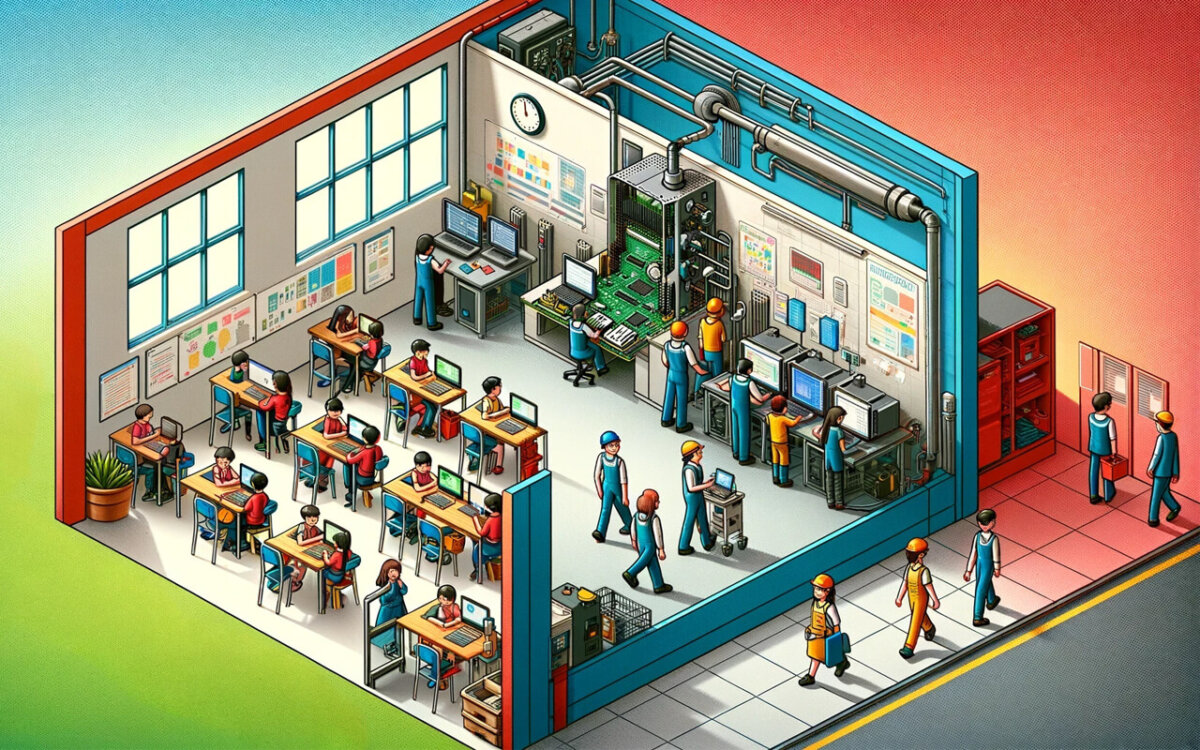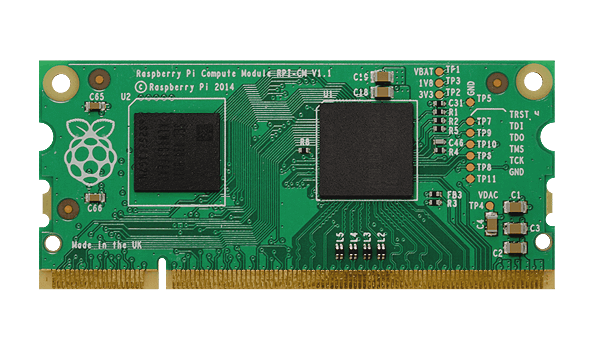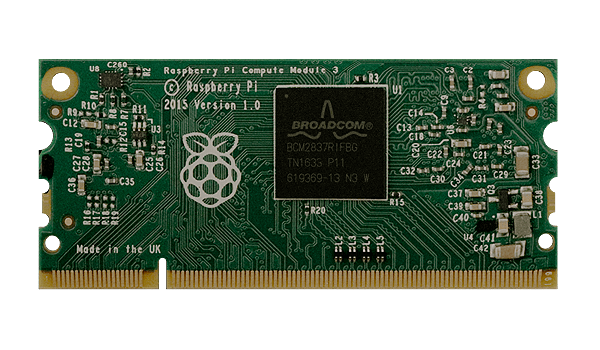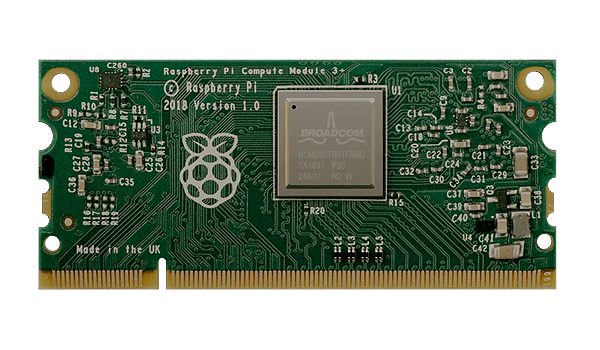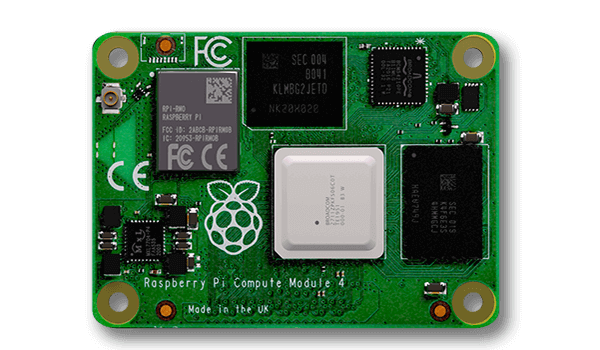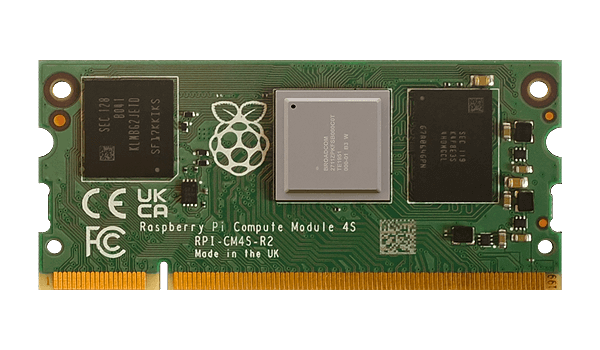Since its introduction in 2012, the Raspberry Pi has undergone a remarkable development and has become one of the most popular single-board computers on the market. This success is due in part to the dedication of Eben Upton, founder of the Raspberry Pi Foundation.
Eben Upton‘s vision was to create an affordable and accessible computer that would help students learn programming and develop their technological skills. The Raspberry Pi offers a variety of advantages and unique selling points, including a low price, broad community support, ease of use and high expandability. With its powerful software, such as the open-source Linux-based operating system Raspberry Pi OS (formerly called Raspbian), users can access a wealth of tools, libraries and projects developed specifically for the Raspberry Pi. This enables people to realize their own projects and express their creativity in the fields of electronics, programming and robotics.
The Raspberry Pi, or more precisely the Raspberry Pi Model B, has established itself as an extremely popular single-board computer. Nevertheless, it has some features that make it less suitable for use in industrial environments. Firstly, due to its form factor and size, the Raspberry Pi Model B is not ideally suited for installation in industrial housings or integration into existing industrial systems. In addition, it lacks specific functions and interfaces that may be required for industrial applications, such as extended I/O options, tolerances against interference or an improved power supply.
The Raspberry Pi Compute Module: The game changer for use in industry
To meet these challenges and better meet the requirements of industry, the Raspberry Pi Foundation developed the Raspberry Pi Compute Module in 2014. The Compute Module was specially designed for use in industrial and commercial environments. It has a compact form factor that enables easy integration into existing systems. The Compute Module requires a so-called carrier board in order to be used. The Compute Module itself is a slimmed-down version of the Raspberry Pi, which does not have any connections or interfaces such as USB ports, HDMI or Ethernet directly. Instead, the compute module is plugged onto a carrier board, which provides the necessary connections, interfaces and expansion options. The carrier board serves as an interface between the compute module and other components or devices, allowing the compute module to be integrated into various applications and systems. It extends the functionality of the compute module and offers additional flexibility and customization options.
The different generations of the Raspberry Pi Compute Module
Revolution Pi – The industrial Raspberry Pi since 2016
At the end of 2016, KUNBUS launched the RevPi Core, the first Revolution Pi controller based on the Raspberry Pi Compute Module (1st generation). You can read the complete history of the Revolution Pi from 2016 to today on our history of the Revolution Pi page.
Conclusion: The importance of the Raspberry Pi Compute Module for industrial applications and an outlook for the future
In conclusion, the Compute Module has paved the way for Raspberry Pi and open source in industrial applications. It has evolved from a computer designed for education to a robust, industrial-grade device. With its small size, flexibility and cost-effective performance, it has changed the way we think about embedded systems. With each new module, Raspberry Pi expands its potential and opens new doors for creative solutions. And the future? It looks bright. The next generation promises even more power, efficiency and adaptability. One thing is certain: the Raspberry Pi Compute Module is here to stay and continue to influence the industrial world.

